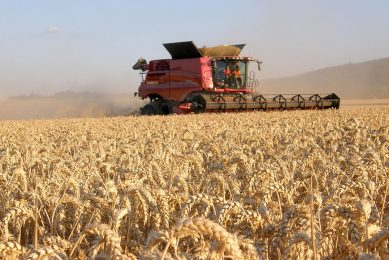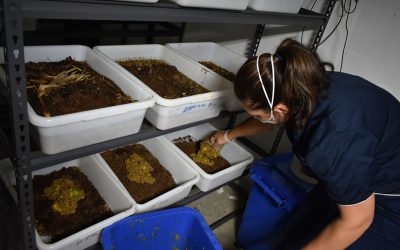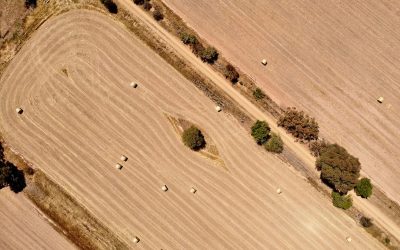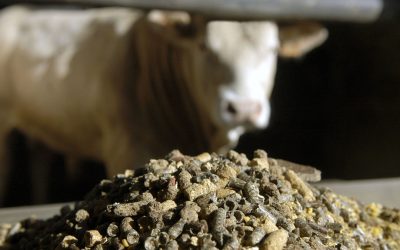Woods group goes fast forward in Goondiwindi
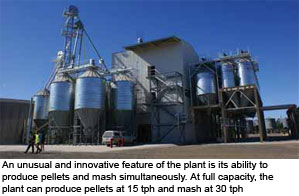
Woods Stockfeeds in Goondiwindi, Australia has the aim of supplying the highest quality stockfeed rations to both the domestic and export market. Emmy Koeleman visited the site and talked with Bruce and Tom Woods who are working hard to bring the feed business in the area to a professional level.
By Emmy Koeleman
Woods Stockfeeds is part of the Woods Group, an Australian, family-owned, diversified agribusiness that for the past 39 years has operated in the key areas of grain farming, marketing, milling and transport.
It is headquartered in Goondiwindi (350 km south-west of Brisbane) in the premium grain growing region of Southern Queensland and Northern NSW. The company has a commitment to the grain industry and a long term view of it, and currently has dedicated and experienced staff of more than 90 people. The stockfeed business officially started in 2003 and is the latest edition of the Group. But the last few years the feed mill really went into fast forward by installing various high-tech processing equipment such as a roller and hammer milling for the feed preparation, automated weighing and micro-ingredients addition, mixing, pelleting, bulk outloading and bag packing. The mill is completely automated and operates from a single touch-screen interface. Bruce and Tom Woods are managing the 15 people staff facility.
Mill features
An unusual and innovative feature of the plant is its ability to produce pellets and mash simultaneously. At full capacity, the plant can produce pellets at 15 tonnes per hour and mash at 30 tonnes per hour. Pelletising capacity is around 18 tonne per hour. Per year, the mill has a capacity to manufacture over 200,000 tonnes of pelletised and mash feed rations. The mill runs for 18 hours per day. The feed mill, which has been operating for a year now has the ability to source and segregate all grains and meal products ensuring that the animal diets are consistent and competitively priced. The facility is able to containerise product in both bulk or bags and deliver to the Port of Brisbane, an important part of the business as they are strongly focused on expanding their export position.
Logistic improvements
In December 2009, the Woods Group decided to streamline operations and consolidate growth. Before it was using multiple operational and accounting software applications but recognised the benefits of managing the different elements of its transport business with one flexible and user-friendly software program. Woods Transport operates 25 trucks with a team of employed drivers as well as subcontractors for carting bulk grain and containerised freight. Its three key sites, at the Port of Brisbane, Toowoomba and Goondiwindi, operate 24 hours per day. Andrew Woods, director of The Woods Group and managing director of Woods Transport, said: “As our business has expanded, we needed a complete logistics solution to efficiently automate its operations from on-farm pickups into storage, to delivery of finished product to overseas terminals, as well as being able to offer competitive pricing and timely service”. 70% of Woods Transport’s current business is with internal Woods Grain customers. “The information produced by the new system from Sapphire Transport Management Suite is now correct and transparent across the whole farming and packing operations through to what is visible to the grain trading business,” he said.
“The time saved is equivalent to one administrative job – that’s $60,000 we saved straight off the bat,” he said.
Best price
Woods Stockfeed is now fully up and running and able to deliver a continuous supply of top quality feed for the Australian market. Having such a large feed mill in an important agricultural area is very important. Especially with the large distances in Australia it is of great benefit to have the Woods brothers around the corners to supply the best feed for the best price. Around 108 tonnes of feed is shipped every 24 hours in a radius of 300 kilometres from the mill. This means two truckloads (each having 54 tonnes). Looking at the near future, Woods Stockfeeds is looking for ways to increase their production and improve their export position.
Source: FeedTech vol 14 nr 1, 2010




